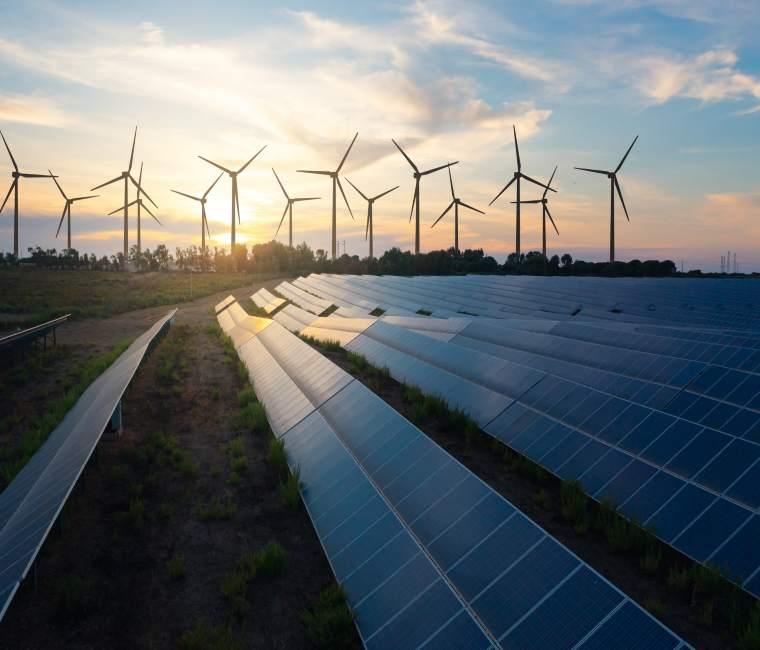Africa-Press – Rwanda. This year’s MSGBC Oil, Gas & Power conference – taking place from September 1-2 in Dakar – targets one central question: how to achieve cost-effective universal access to electricity? With west Africa boasting the fastest growing human population on Earth and the continent’s electrification rates falling some 4% due to the pandemic, the issue is a prescient one for policymakers and an opportunity pathway for private firms.
Thus, it is with great enthusiasm that Energy Capital & Power (ECP) will host Rita Madeira, Africa Program Officer at the International Energy Agency (IEA) for a first of its kind live executive summary keynote on the IEA’s Africa Energy Outlook report released last month, setting the stage amidst MSGBC’s first packed day of programming.
In recognition of the IEA’s pivotal presentation, here are the key fiscal takeaways from the paper that we expect to inform the conference’s discussions and shape Africa’s energy future.
Firstly, the IEA reaffirms that for African energy futures, investment is the bottom line, projections showing that current investment levels must be doubled up to $190 billion per annum between 2026 and 2030 for the continent’s energy and climate goals to be met. The good news is that this capital is already falling into place.
By the second half of this decade, African domestic capital markets are expected to more than double in size. Prior to the pandemic, host nation Senegal’s foreign direct investment had doubled in the space of five years, and with Europe’s withdrawal from Russian gas supplies creating a 30 billion cubic meter market gap by 2030, European powers, among others, are turning to Africa, funding development projects left, right and center in the hopes of a share of Africa’s extensive gas supplies.
MSGBC 2022 convenes under the theme, “The Future of Natural Gas: Growth Using Strategic Investment and Policymaking,” and the IEA’s findings show that the basin holds 1.4 trillion out of the five trillion cubic meters of natural gas discovered across the continent. They also show that valorizing this entire five trillion cubic meters could bring a fresh sustainable production of 90 billion cubic meters (bcm) per annum by 2030 while only taking Africa’s share of global emissions from 3 to 3.5%.
Equally, achieving zero gas flaring targets would free up an additional 10 bcm of gas whilst alleviating harmful emissions. In short, Africa has carte blanche to pursue gas megadevelopments – fortunate given the $9 billion of such works already in the MSGBC region’s pipeline, expected to add over 600 MW gas-to-power capacity.
The only red flag introduced by the IEA is the fact that just this May, countries representing more than 70% of global CO2 emissions committed to achieving net zero by 2050, a dozen African nations representing 40% of the continent’s emissions amongst them. While this is fantastic news for climate mitigation, modelling of market dynamics now indicates that such 2050 commitments could see new long-term gas projects struggle to recover their initial investment. What is clear is that for Africa and certainly for the here and now, investment into domestic gas pays off.
In the MSGBC region alone, next year’s gas megadevelopments hold the potential to halve electricity prices vs. the heavy fuel oil imports that currently constitute up to 60% of grid power. Additionally, with raw African energy demand expected to increase by one third this decade, the continent has every justification in pursuing a diversified energy mix, all the while headed towards the 2030 (and in some cases 2025) universal electrification goals held by the region.
For More News And Analysis About Rwanda Follow Africa-Press






